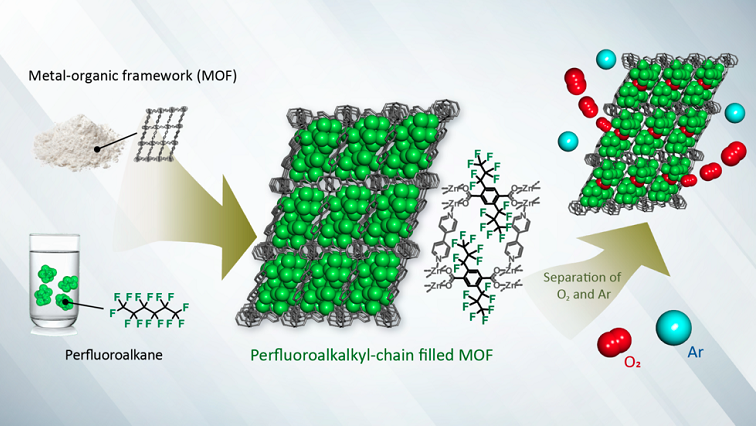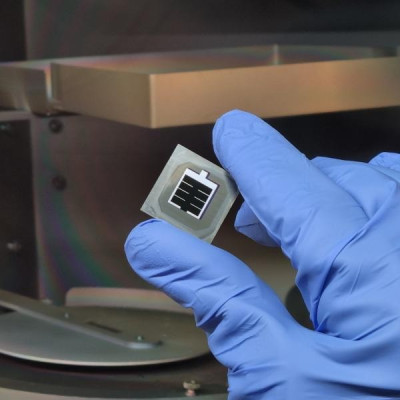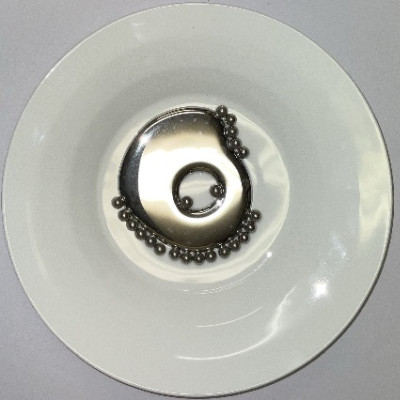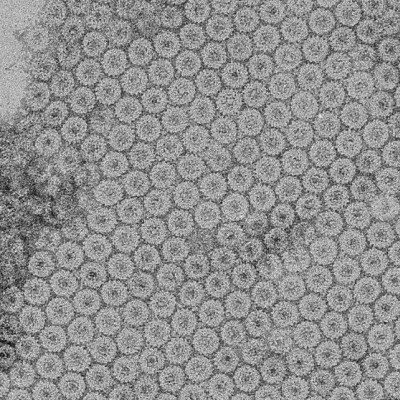Efficient gas separation is vital in various industries, from medical applications to energy production. However, isolating oxygen from mixtures presents a significant technological challenge. Because many gases, including argon and oxygen, share similar physical properties, separating them is difficult. Now, Ryotaro Matsuda and his team at Nagoya University have developed a unique porous metal-organic framework (MOF), which represents a novel approach to gas separation: a combined phenomenon of "adsorption" and "dissolution" that they term the "adsorptive-dissolution" mechanism. Their findings were published in Nature Communications.
Gas separation techniques traditionally depended on two properties: the ability of materials to adsorb gases into nano-sized pores (adsorption) or dissolve gases into liquids (dissolution). However, each method has limitations. The effective adsorption of gases by porous solids like zeolite and activated carbon is hindered by their inability to selectively separate certain gases, such as oxygen and argon, which limits their potential uses. Certain liquids, on the other hand, can dissolve gases effectively, but they are difficult to handle in industrial applications because of their liquid nature.
Porous solid MOFs are often combined with compounds to create highly adsorbent materials. Matsuda and his collaborators used this property to combine a MOF material with perfluorocarbons, liquids that have a high affinity for oxygen, creating a framework that adsorbs oxygen molecules within its pores. The perfluorocarbons aid in dissolution, which creates a powerful adsorptive-dissolution force when combined with an MOF, making the separation of gases much more efficient and selective.
“The processes of adsorption and dissolution have been recognized as fundamentally distinct phenomena because of the different nature of the mediums used, in this case, solids and liquids,” Matsuda said. “Our material has pores densely filled by perfluoroalkyl chains, which creates a combination of the behaviors we term ‘adsorptive-dissolution’ behavior.”
The group successfully used their material to separate argon and oxygen, two elements typically difficult to separate. They produced pure oxygen, an element with many industrial applications. “In industries like steelmaking, oxygen is required in high purity for combustion and chemical reactions, whereas in medical settings, concentrated oxygen is vital for treatment, particularly for patients with respiratory issues,” Matsuda said.
The group expects their technology will be used in industries requiring an energy-efficient method to concentrate oxygen from air. As these processes currently consume a lot of energy, their findings could lower both operational costs and environmental impact. In medical settings, in particular, oxygen enrichment can improve patient care and reduce the use of costly and bulky oxygen tanks.
The potential applications of this new material extend beyond oxygen separation. “The "adsorptive-dissolution" phenomenon could be applied to other gas separation tasks that have previously been considered difficult, such as separating nitrogen, carbon dioxide, or hydrogen from complex mixtures,” Matsuda said. “The ability to concentrate and separate gases efficiently opens doors to new technologies in environmental management, such as capturing and recycling harmful greenhouse gases, like CO2, or enhancing fuel cell technology by efficiently separating hydrogen.”
Moreover, the energy efficiency of this MOF material aligns with global sustainability initiatives. As the world moves toward a decarbonized society, it is crucial to find ways to reduce energy consumption in industrial processes. This new material, through its efficient and selective gas separation capabilities, may play a key role in the advancement of green technologies and the reduction of the carbon footprint of industries that rely heavily on gas separation.
Read the original article on Nagoya University.







